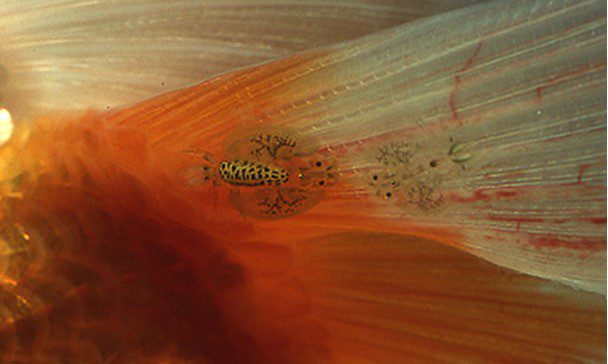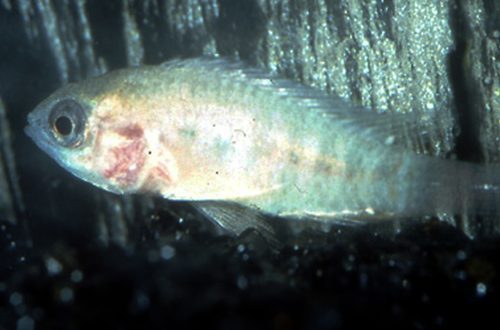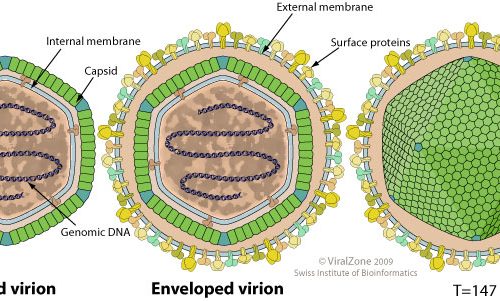
carp lice
Carp lice are disc-shaped crustaceans 3-4 mm in size, visible to the naked eye, affecting the outer integument of the body of fish
After mating, adults lay their eggs on a hard surface, after a couple of weeks larvae appear (harmless to fish). The adult stage is reached by the 5th week and begins to pose a threat to the inhabitants of the aquarium. In warm water (above 25), the life cycle of these crustaceans is significantly reduced – the adult stage can be reached in a couple of weeks.
Symptoms:
The fish behaves uneasily, trying to clean itself on the decoration of the aquarium. Disc-shaped parasites are visible on the body.
Causes of parasites, potential dangers:
Parasites are brought into the aquarium along with live food or with new fish from an infected aquarium.
The parasite attaches itself to the body of the fish and feeds on its blood. Moving from place to place, leaves wounds that can cause a fungal or bacterial infection. The degree of danger of the parasite depends on their number and the size of the fish. Small fish can die from blood loss.
Prevention:
Before buying a new fish, carefully examine not only the fish itself, but also its neighbors, if they have red wounds, then these may be bite marks and then you should refuse to buy.
Items (stones, driftwood, soil, etc.) from natural reservoirs should definitely be processed, and with live daphnia, you can accidentally catch lice.
Treatment:
On sale there are many special medicines for external parasites, their advantage is the ability to carry out treatment in a common aquarium.
Traditional remedies include ordinary potassium permanganate. Infected fish are placed in a separate container in a solution of potassium permanganate (proportions of 10 mg per liter) for 10-30 minutes.
In case of infection of the general aquarium and the absence of specialized medicines, it is necessary to put the fish in a separate tank, and cure the infected fish in the above way. In the main aquarium, if possible, it is necessary to raise the water temperature to 28–30 degrees, this will accelerate the cycle of transformation of parasite larvae into an adult, which dies without a host within 3 days. Thus, the whole cycle of treatment of the general aquarium at elevated temperature will be 3 weeks, at a temperature of 25 degrees for at least 5 weeks, after which the fish can be returned back.





